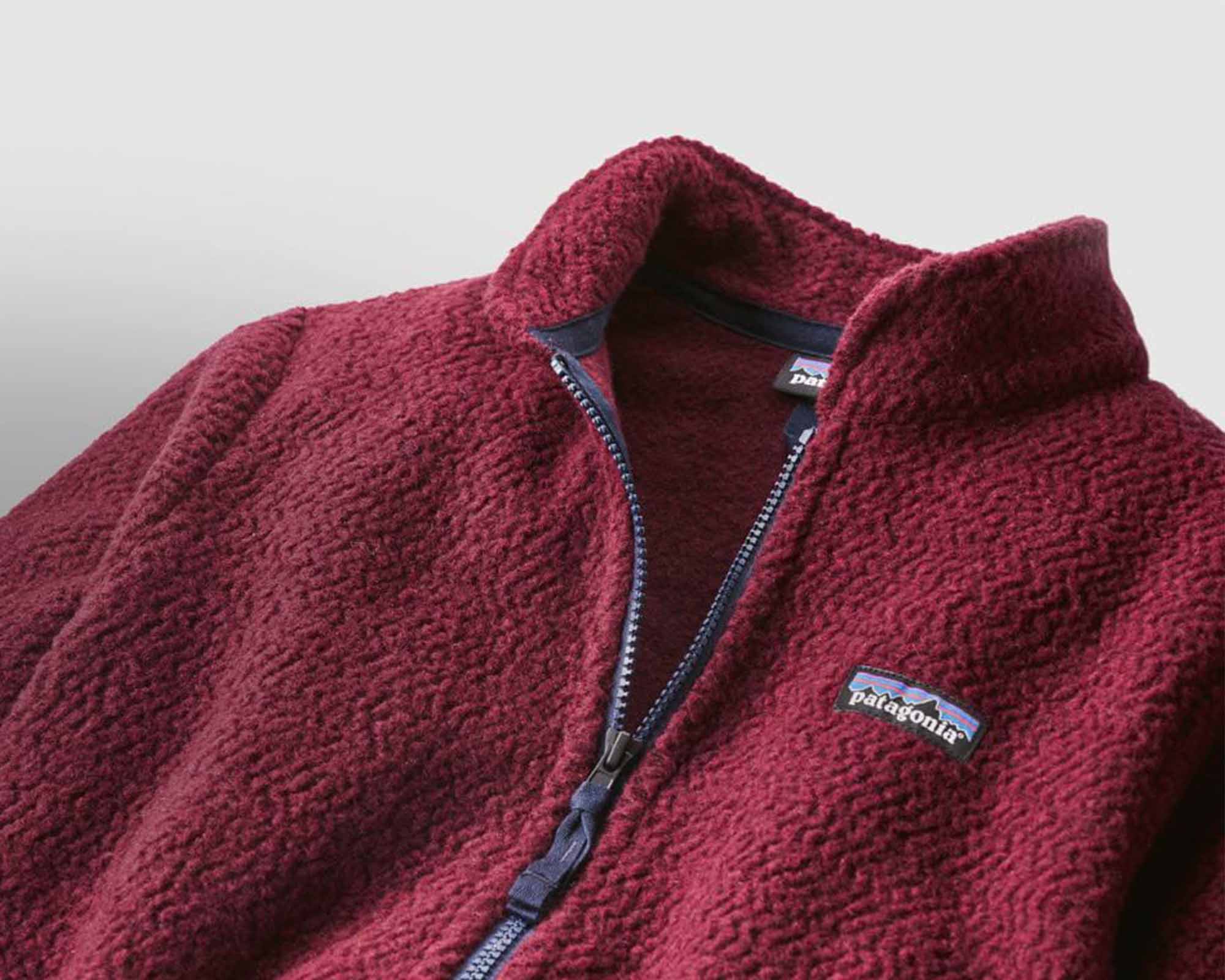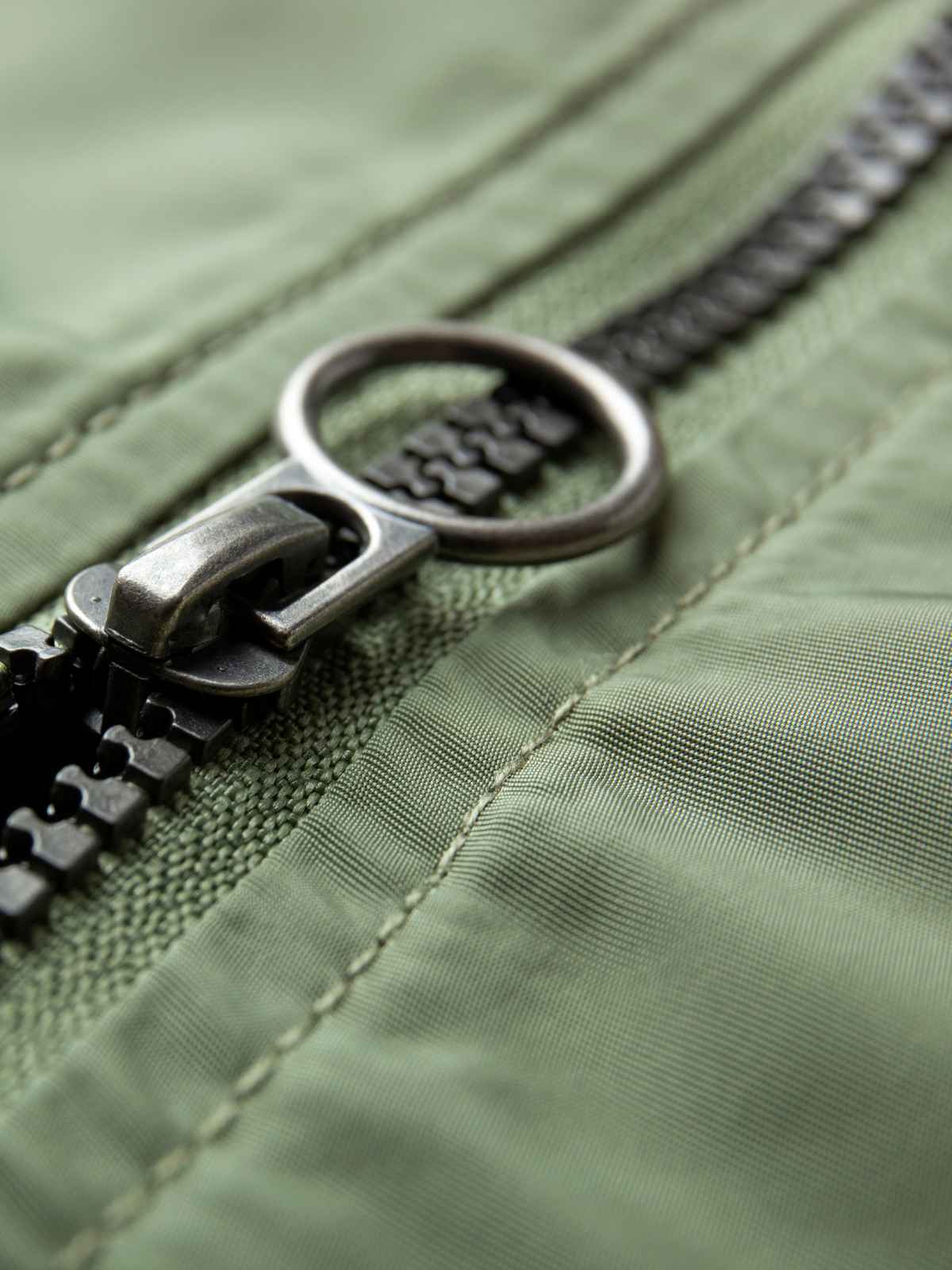Fleece is a cosy, soft fabric that keeps us warm through winter and in the great outdoors. But have you ever wondered what impact our fleece jackets might have on the planet? We ask, how sustainable is fleece?
What is fleece?
Fleece is a synthetic insulating fabric typically made from a type of polyester called polyethylene terephthalate (PET) or other synthetic fibres. It is very comfortable due to its light weight and anti-perspiration qualities, and allows moisture to evaporate while blocking humidity from the outside. Being breathable and fast-drying, it’s a common option for sportswear and winter clothes.
Fleece typically only uses synthetic fibres, making it a vegan alternative to wool. However, you can find fleece mixed with other fibres like wool or recycled PET plastic, woven and brushed to get that light weight quality.
A brief history of fleece
In the late 1970s, Malden Mills, an American textile maker now known as Polartec, began experimenting with polyester’s potential.
In 1981, the company introduced fleece to the sportswear market thanks to a collaboration with Yvon Chouinard, owner of a then-little-known mountaineering outfitter called Patagonia.
The first-generation of fleece was called Synchilla, and within a decade it was used widely in sports and outdoor clothing. Fleece became trendy for its lightness, warmth, and colourfulness, but also for its relative inexpensiveness, and it completely changed the way we dress for cold weather. Fleece technology is continuously improving, the yarn is now as fine as cashmere and can even be made from recycled plastic bottles.
So, is fleece a more sustainable fabric option?
Generally speaking, fleece is made from non-renewable resources and needs an extra chemical coating to make it windproof or water resistant, which is not great for the environment. What’s more, fleece can only stand so many trips through washing machines and dryers before showing signs of wear meaning it has to be replaced relatively often.
“Eco-fleece”, using recycled PET, can be seen as a better option since it saves on the primary ingredient—raw petroleum—as well as energy. It also potentially reduces the number of bottles in landfills.
But synthetic fibres, recycled or not, pose a problem as they do not biodegrade and tend to bind with molecules of harmful chemical pollutants found in wastewater, such as pesticides.
What about microfibres?
A recent study from the University of California at Santa Barbara and funded by Patagonia found that, on average, synthetic fleece jackets release 1.7 grams of microfibres or as many as 250,000 synthetic fibres each wash, and that older jackets shed almost twice as many fibres as new jackets. Even when companies use recycled plastic bottles to make their fleece, research indicates that the plastic might ultimately end up in the oceans.
Those synthetic microfibres are particularly dangerous because their size allows them to be consumed by fish and other wildlife, going higher and higher up the food chain, concentrating toxins, until they reach us.
The verdict on fleece
Although fleece is a lighter and less scratchy alternative to wool, its impact on the planet and eventually on animals and consumers make it not such a great option, and it should be avoided in the conscious consumer’s closet wherever possible.
When looking for warm clothes, we recommend going for lower-impact options like recycled wool, organic cotton, or for infrequently washed outerwear, recycled PET. If you do opt for eco-fleece, you should learn how to care for it so minimal shedding occurs.




















